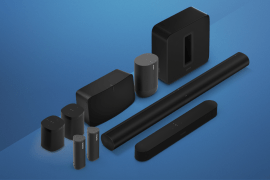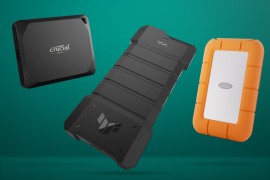Best podcast microphones in 2025 for at-home pod recording
The best podcast microphone is one that makes it a cinch to record crisp vocals at home. We’ve tested the top options

Reckon you’ve got a good idea for a podcast? You only need one thing to make it happen: the best podcast microphone. Yes, we are truly living in the age of the podcast, whether blasting out from a Bluetooth speaker in the office or listening on headphones in bed. From football to fitness to films, no topic is too niche to be discussed at length for legions of listeners. This means you’re probably sitting on a pod-worthy pitch right now.
Whether you’re ready to broadcast your hot take to the masses or reckon recording your voice just seems like good fun, the best podcast microphones make it a cinch to capture crisp vocals at home.
Not sure how to pick the right mic? We’ve tested all of the best podcast microphones and recommended our favourites in the list below – so you can focus on perfecting your pronunciation.
Why you can trust Stuff: Our team of experts rigorously test each product and provide honest, unbiased reviews to help you make informed decisions. For more details, read how we test and rate products.
The best podcast microphones you can buy today:
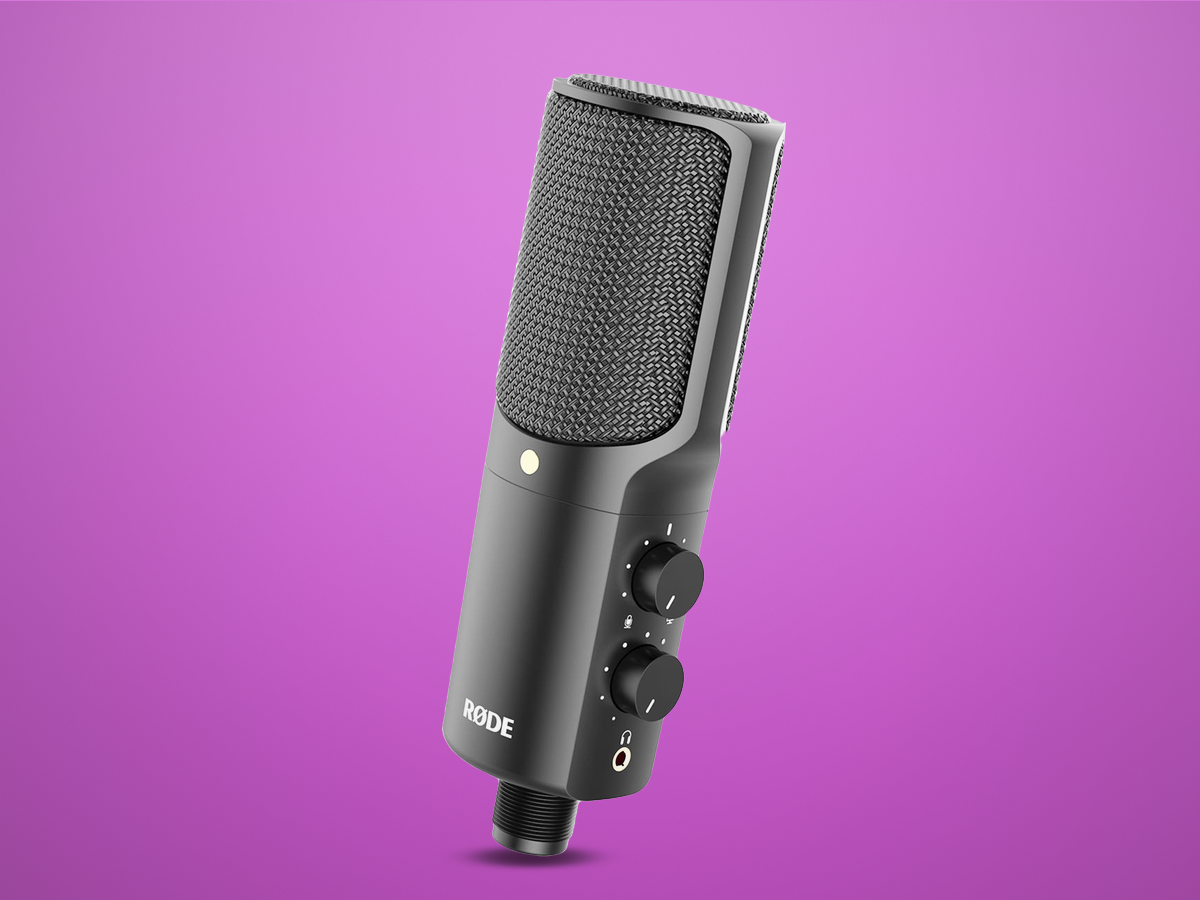
1. Rode NT USB
Stuff Verdict
The Rode NT-USB is an excellent low-fuss option for anyone looking for studio-quality recordings at home.
Pros
- Solid construction
- Sounds great
Cons
- Not the best for transport
Rode claims to offer an affordable mic with true studio-quality sound. As lockdown kicked in, every actor in the country started hastily erecting a blanket-encased home studio and this particular model was as popular as all-purpose flour in the local shop – and we can see why.
Is it any good?
This has all the reassuring weight, size and glossy packaging of a proper studio mic; upon opening the box you immediately feel like you’ve got a proper bit of kit. The mic comes with a sturdy enough mini-stand and sleek carry case (handy if you need to squeeze in a recording when you’re away). The box also contains a pop shield. This is a big plus, boosting the sound quality and saving you from shelling out further.
With a basic home studio set-up, the mic gives you exactly what it promises: a professional quality voiceover or singing recording. Some actors have even recorded high-end voiceover jobs with this mic in a make-shift home studio. Despite the carry case, its size and weight mean that it’s not quite as easy to take out and about as the others here, although the USB connection makes the process fuss-free.
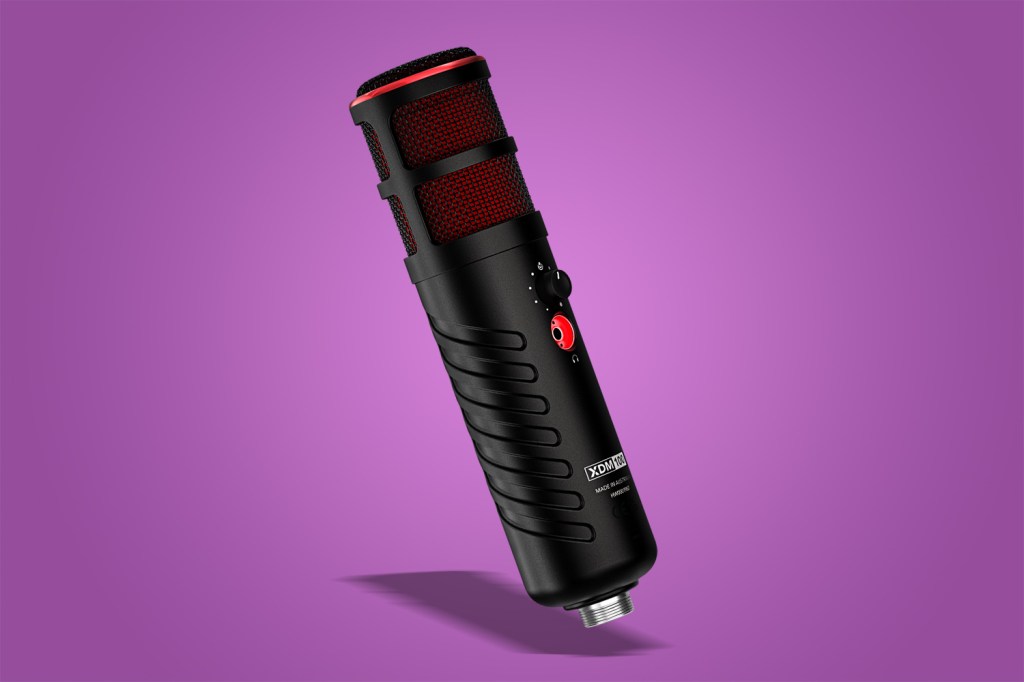
2. Rode XDM-100
Stuff Verdict
A great-sounding mic that comes with plenty of extras in the box, and doesn’t need any additional kit to get recording.
Pros
- Excellent audio recording
- Internal pream is useful
Cons
- Pop shield is quite thin
- Really needs a stand
Rode’s new X line-up is purpose-built for gamers and streamers, with a tight cardioid pick-up pattern that’ll silence keyboard clattering and the like – but that also means its a great choice for podcasting. The XDM-100 is intended for static setups, rather than more portable ones, and uses USB-C for convenience.
Is it any good?
With superb clarity for the price, the XDM-100 can easily rub shoulders with XLR microphones aimed at more professional setups. A 24-bit depth, 20Hz-20kHz frequency range and 48kHz sample rate are all on par with close rivals, while the USB-C connection means you don’t need to rely on an external mixer or audio interface to start recording. The internal preamp also saves the need for extra processing in your audio editing software.
It’s fairly pricey, but you do get one of Rode’s a PSM1 Shock Mounts included in the box. It’ll work as a makeshift stand, but works best when mounted to a microphone arm. There’s a standard mounting thread, and a free pop shield thrown in too, although the latter is a little thin so isn’t perfect for stopping plosives. Rode does include some very helpful software as well – it’s a full package, basically.
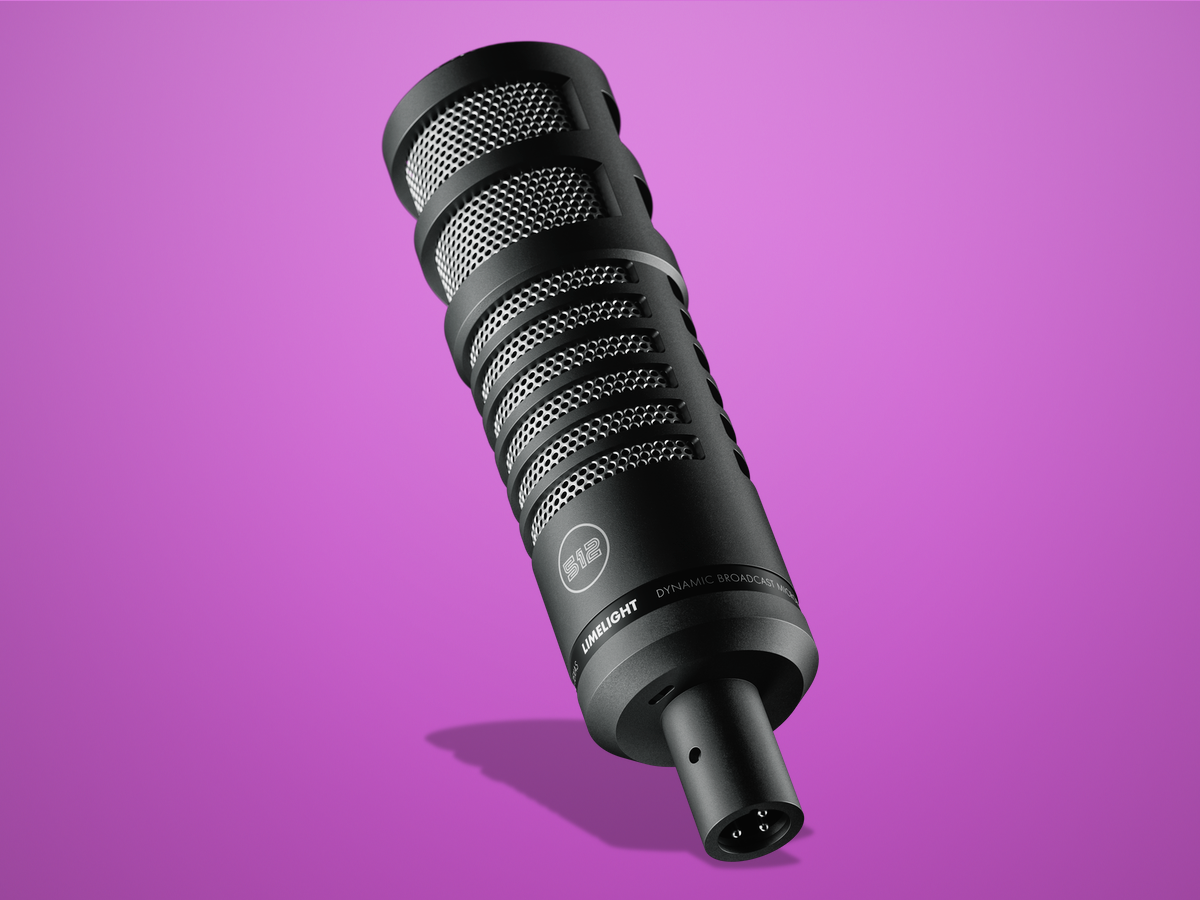
3. 512 Audio Limelight
Stuff Verdict
Neat and distinctive, the Limelight is right if you want darker vintage vibes for your vocals.
Pros
- Affordable
- Warm audio
Cons
- Not freestanding
- Pop filter should be included
Founded by the affordable audio aficionados at Warm Audio, fledgling Texan mic maker 512 Audio channels vintage vibes in the design of its recording kit. Launched alongside the Skylight, the cylindrical Limelight’s pick-up pattern is tuned to capture clear, pop-free speech – perfect for podcast creators. The dynamic XLR mic also features an integrated high pass filter to banish rumble with the flick of a switch.
Is it any good?
A carry case is included with the Limelight, but it’s not the most portable option. It’s not freestanding for starters, so you’ll need to attach its bundled mount to a table stand or boom. And removing the mount for travel (or to access the high pass filter) requires some strength. You’ll also need to source an XLR cable that works with your audio setup because no cords are included. That said, its well-balanced weightiness and metal mesh elements give the Limelight a neat, classy feel.
Thanks to its super-directional hypercardioid setup, the Limelight does a solid job of ignoring background sounds in your recording studio. It also produces a pleasing proximity effect, meaning beefier bass tones if you speak closer to the business end. Popping is relatively well-controlled, too, although the optional pop filter could be a good call if you’ve got particularly punchy plosives.
More divisive will be the Limelight’s darker sound. If you’re a fan of vintage ribbon mics, you’ll enjoy its rich, mellow tone profile. But if you prefer an even balance between treble tones and low frequencies, there are more affordable mics which will capture exactly that.
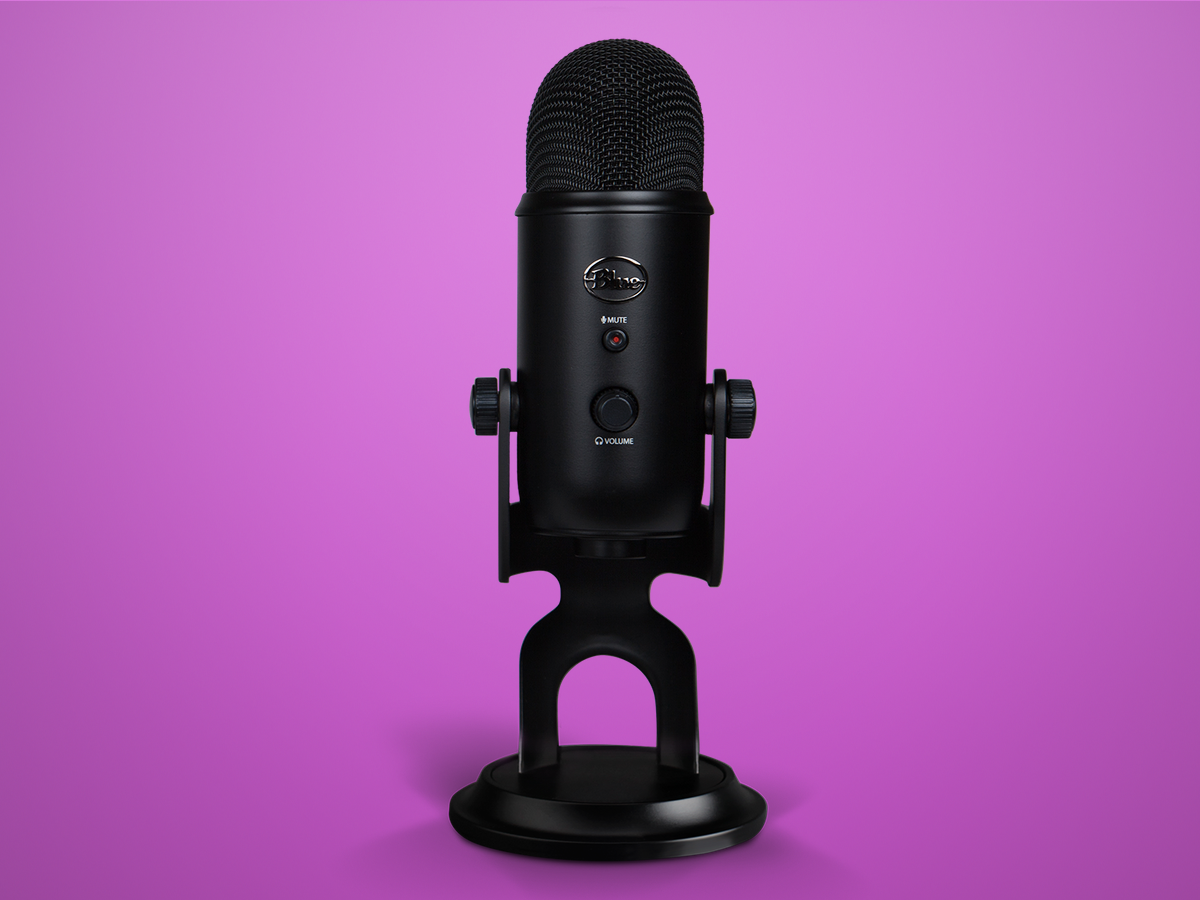
4. Blue Yeti USB Microphone
Stuff Verdict
Feature-packed and sure to upgrade all your home recording (and streaming), all for a reasonable price.
Pros
- Solid build
- Simple setup
- Packed with featues
Cons
- Very little to complain about
There’s a reason why Blue’s Yeti USB Microphone has been used and loved by podcasters, YouTubers, streamers and musicians for over a decade.
It comes packed with four unique recording patterns thanks to the three-capsule design – from omnidirectional for multi-person recording, to cardioid for your radio star moment, and even a stereo option which is rare in USB mics at this price.
Is it any good?
Solid build quality and decent audio with a rich warmth make this one of the best podcast microphones for a no-fuss plug-and-play setup. Its size may not make it as portable as other options on this list, but it fits well into whatever recording scenario you throw at it.
At £120, this THX-certified beast is ideal for those looking for a step up from their first mic without breaking the bank.

5. Rode XCM-50
Stuff Verdict
Comes with a price premium over the similar NT-USB Mini, but makes up for it with useful software and handy accessories.
Pros
- Compact and perfect for travel
- Includes mini tripod
Cons
- Requires an external pop shield
- Tripod could be taller
The baby of Rode’s new X range of gamer- and streamer-friendly microphones, the XCM-50 is effectively an upgraded version of the excellent NT-USB Mini. Beyond a mild visual makeover, it gets a bunch of accessories, an internal DSP, and lifetime access to Rode’s X Unify software.
Is it any good?
This compact condenser mic promises a 20Hz-20kHz frequency range and 24-bit/48 kHz recording, in a very compact package that’s perfect for taking on the move. It connects over USB-C, too, so you don’t need to bring an audio interface or mixer with you when travelling to meet podcast guest stars. There’s also a Rode Tripod 2 included in the box, so you don’t need to supply your own.
Sound quality is great for the money, with real warmth and a very low noise floor. The cardioid pattern is rather narrow, in order to cut down on background chatter, but the built-in pop shield isn’t a proper replacement for a dedicated external one. The desktop stand also puts the mic fairly low on your desk, so you’ll need to get close to it for the best quality sound.
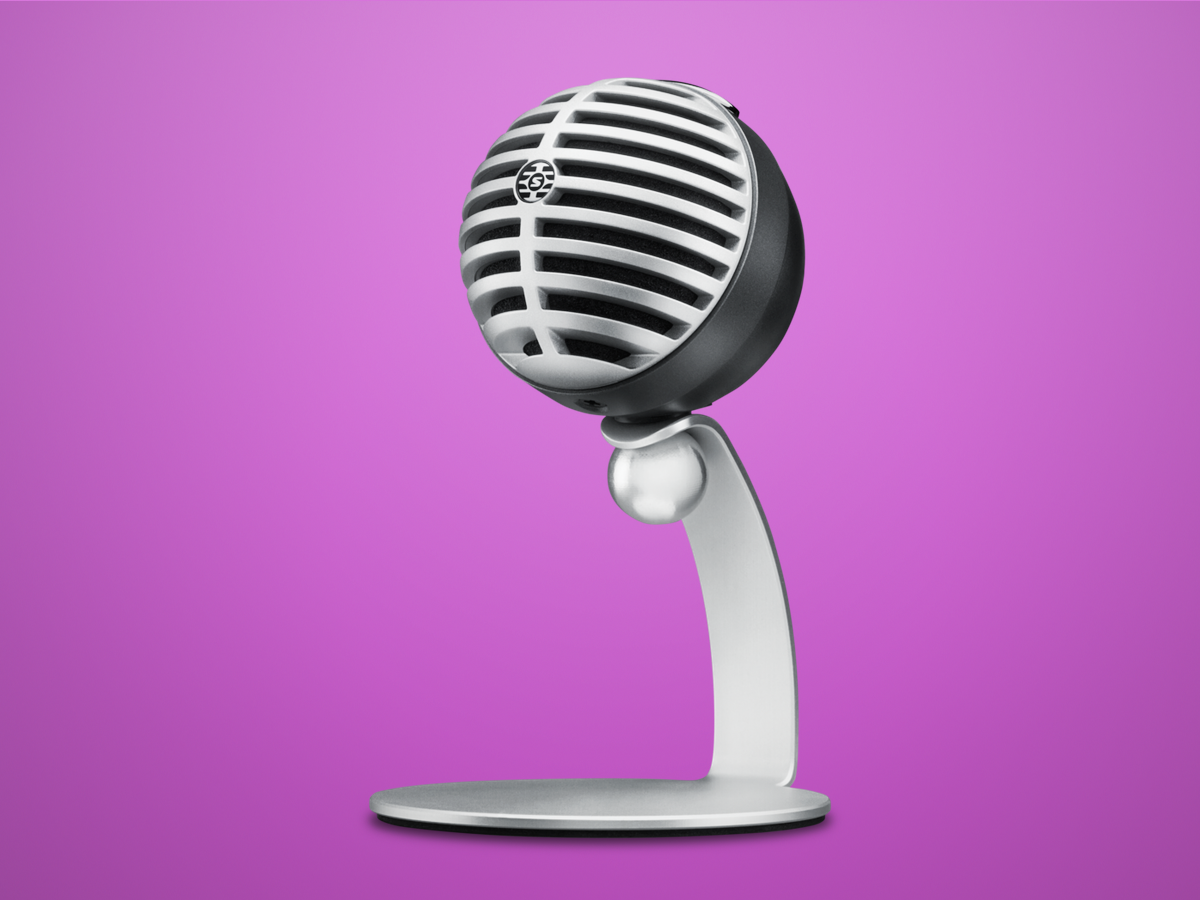
6. Shure MV5-LTG
Stuff Verdict
Great for podcasters, gamers, YouTubers and maybe the next Steven Toast.
Pros
- Compact size
- Great connectivity
Cons
- Flimsy design
- Setup takes a while
Shure’s compact MV5-LTG is designed for virtually everything but the very highest level of studio-quality voiceover – so those Cillit Bang adverts might have to wait. What it does claim to do is deliver impressive results for its minuscule size, while its USB connection is compatible with phones, tablets and laptops – and both Lightning and USB cables are bundled in the box.
Is it any good?
The Shure’s spherical design won’t be for everyone, and it does feel a little flimsy. It also takes a while to set up, but the results are worth waiting for. In a home studio setup, this kind of sound quality would be sufficient for podcasters and beginner voiceover artists, and we even managed to find a way to use it while recording video simultaneously.
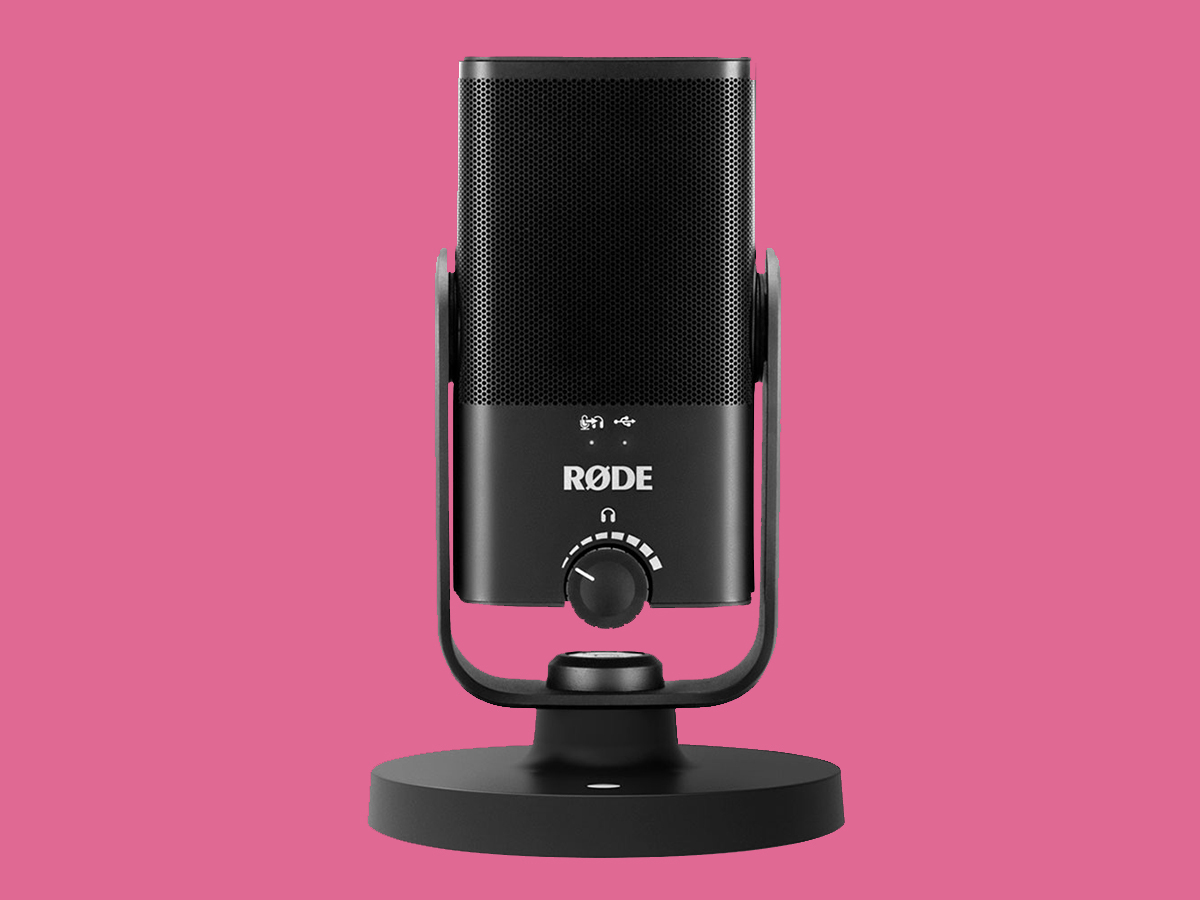
7. Rode NT-USB Mini
Stuff Verdict
Easy to use and a great-looking mic for home studio sessions or recording on location.
Pros
- Great little stand
- Plug-and-play USB connectivity
- Great price
Cons
- Audio quality is good, but not pro-level
There was a run on this mini version of Rode’s studio-ready NT-USB as soon as lockdown kicked in when every wannabe influencer was suddenly erecting a blanket-encased home studio. It looks the part and promises to be easy to use on the move, while still offering decent audio quality. It might not be designed to beat pro recording gear, but it’s a tempting proposition at this price.
Is it any good?
The Rode comes with a solid mini-stand plus an extra attachment for a full-size one. Plug-and-play USB connectivity makes it easy to get down to recording right out of the box, and it produced results impressive enough to please podcasters or anyone wanting to record outside the studio. The sound quality in a home studio was surprisingly high for the price.
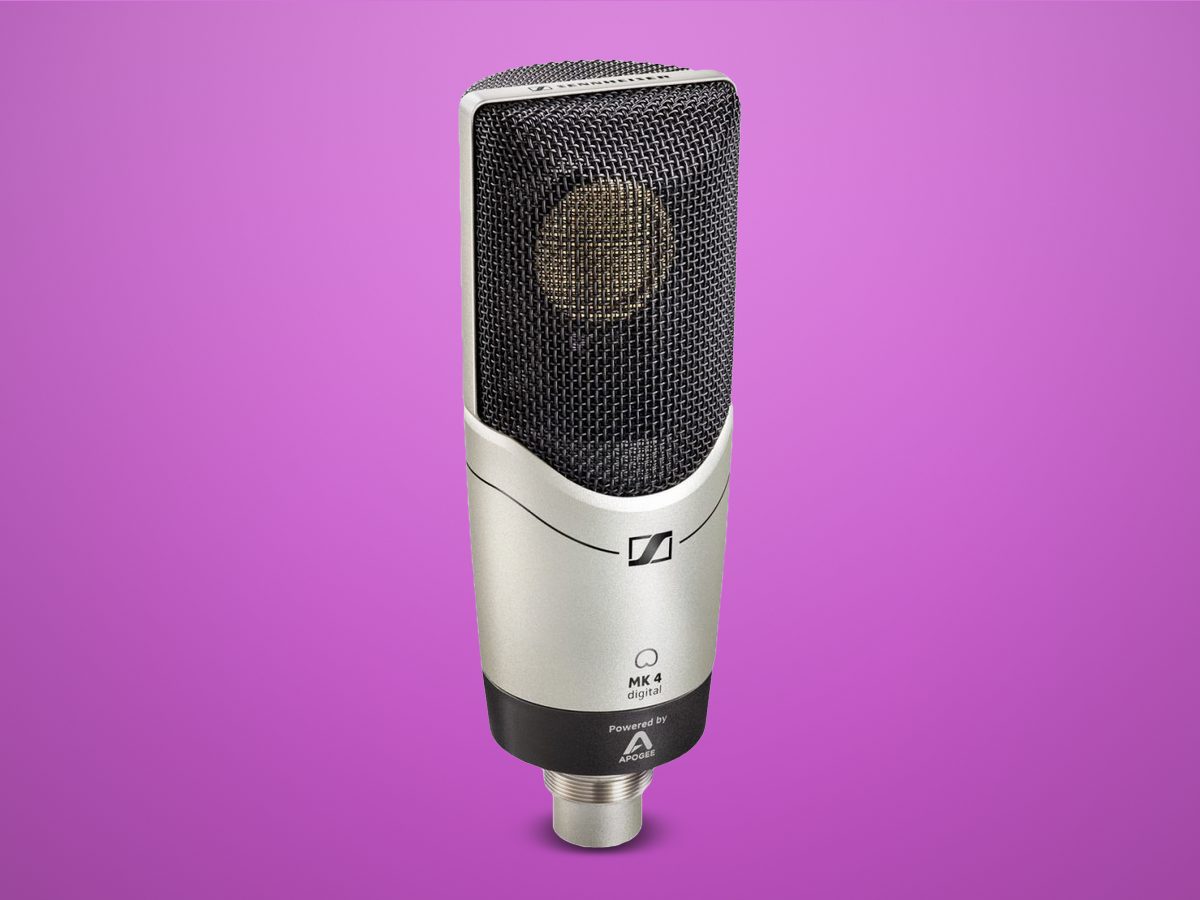
8. Sennheiser MK4 Digital
Stuff Verdict
Superb for vocals and instruments but tight on the extras, this is peak German efficiency.
Pros
- Sturdy design
- Excellent pick up
Cons
- No physical switches or buttons
- Lacks accessories, considering price
If you’re looking for something approaching gold-standard audio for your podcast, the Sennheiser MK 4 Digital claims to be one of the best USB cardioid condenser microphones out there. It’s plug-and-play, so all you have to do is hook it up to an iOS device, Mac or Windows laptop and you’re good to go.
Is it any good?
This mic is minimalistic, with no switches or buttons, just ports and a stand-mount. The all-metal chassis is sturdy and reassuringly weighty, and it’s excellent at picking up vocals from a few inches away. You can even record decent sounds from an acoustic guitar. Mind you, at this price we’d like it to come with a few more accessories – a stand at the very least.
Now, how about something to listen to your podcast on? These are the best wireless speakers.

